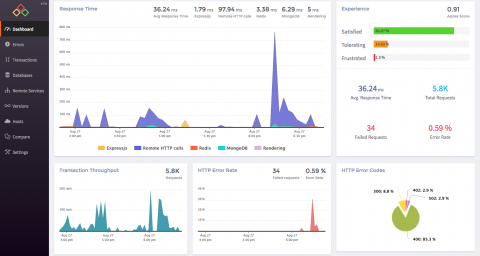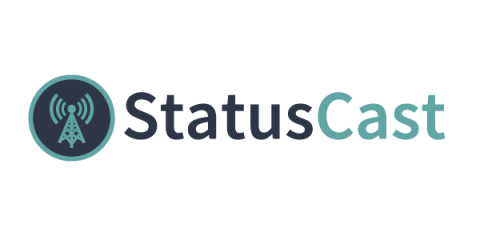Node.js Application Performance Monitoring
Atatus is a comprehensive application performance management (APM) suite for Node.js applications. Atatus Node.js APM gives you the deeper visibility into the every web transactions happened in your Node.js apps. With Atatus, you can identify the slowest web transactions and see where your web requests are spending time whether it is in the database, remote services or middlewares. Atatus makes Node.js monitoring simpler and easier.











